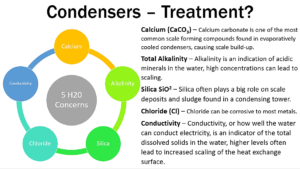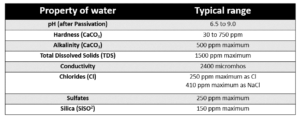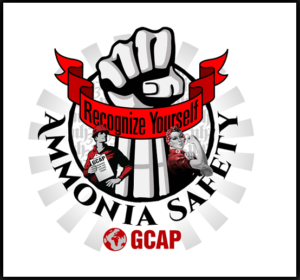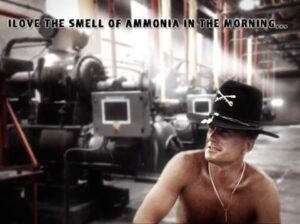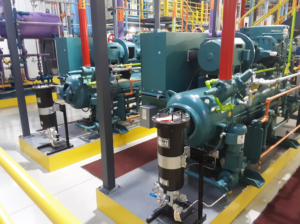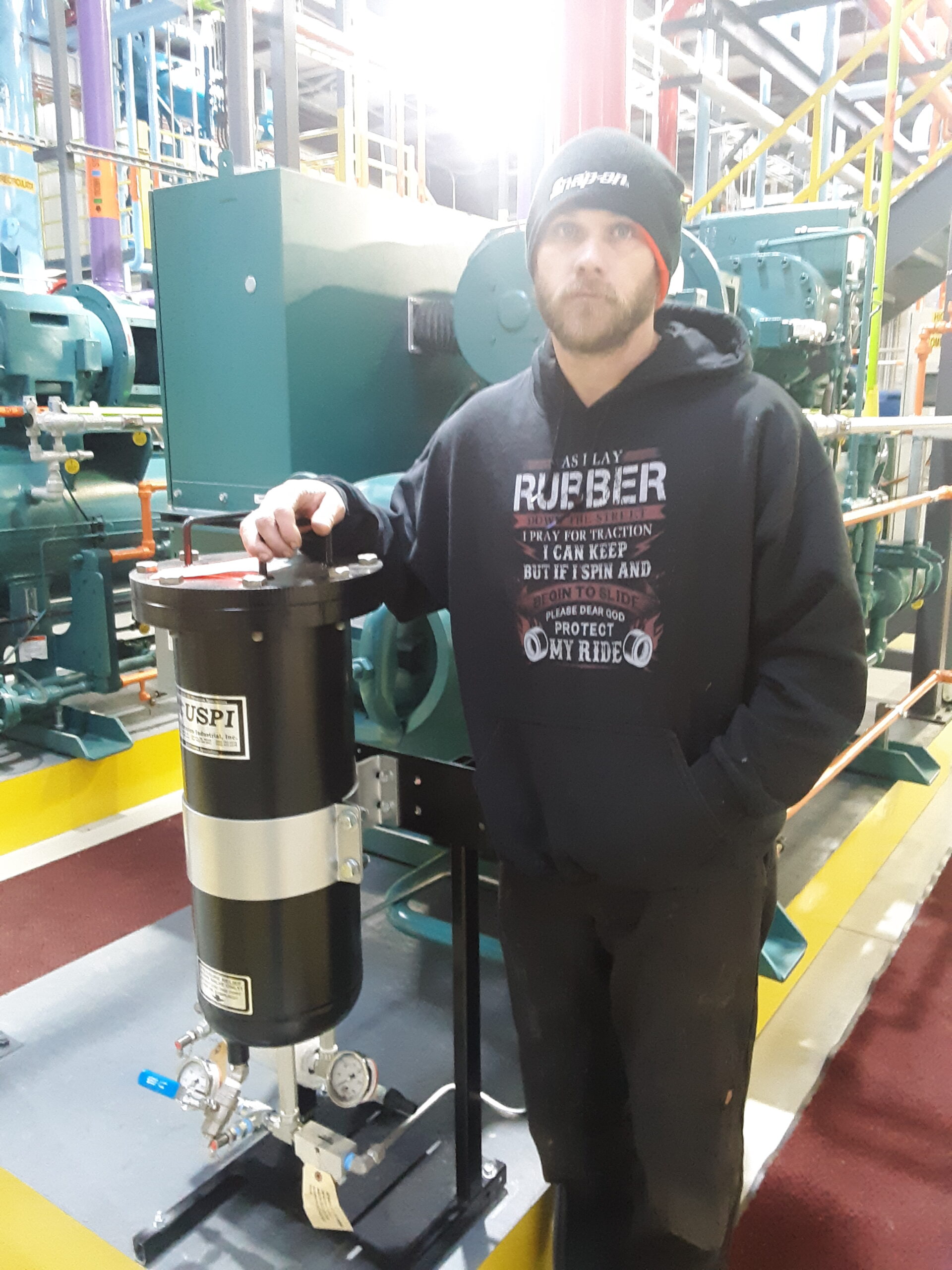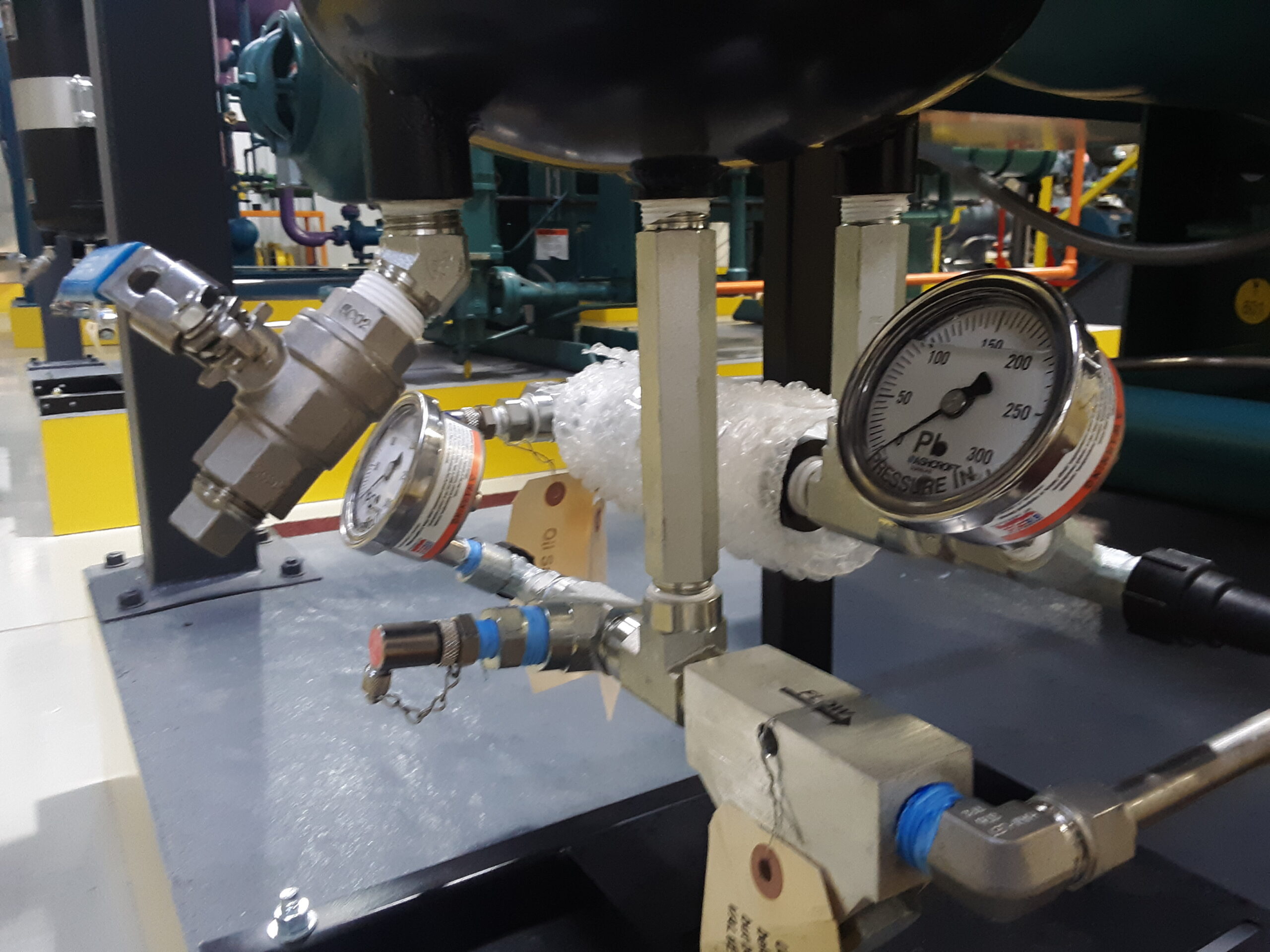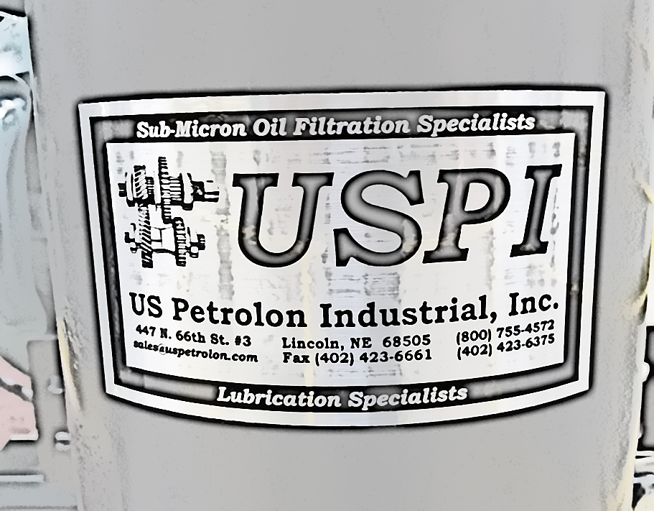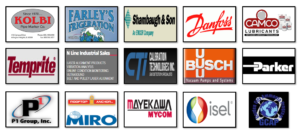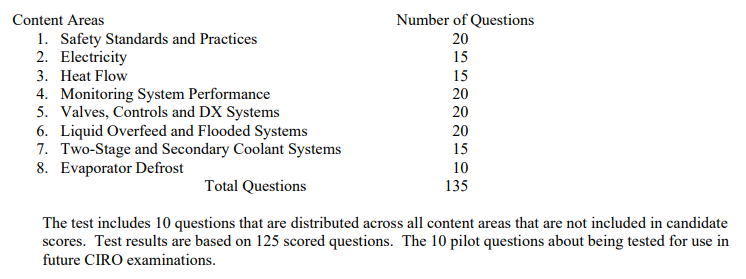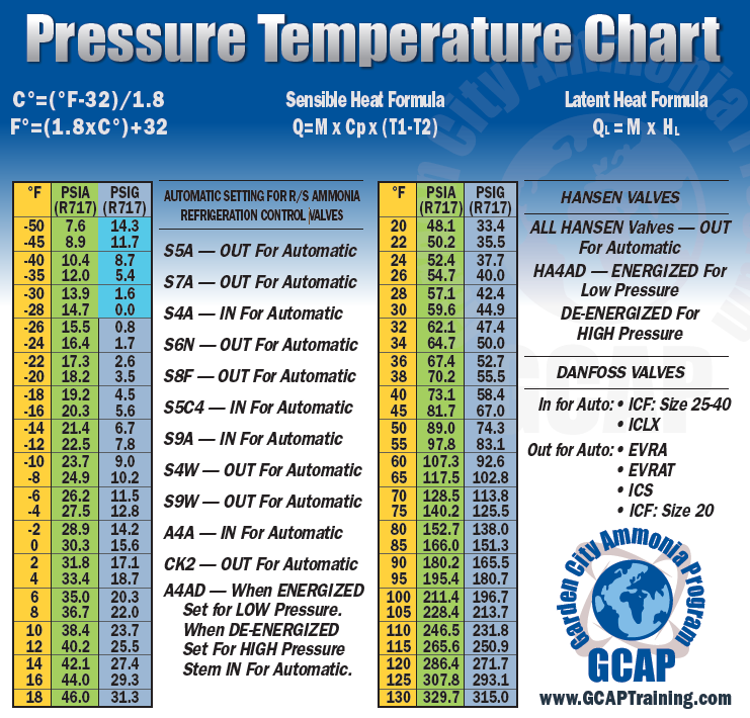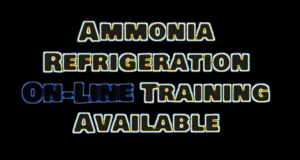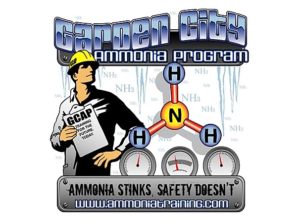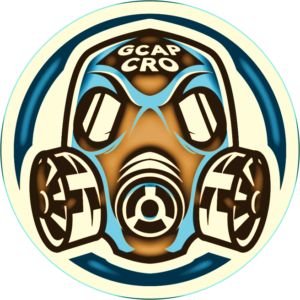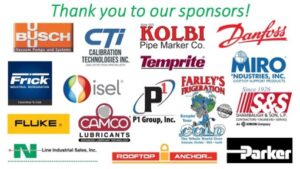News
Water Quality / Water Treatment
by Jeremy Williams on Mar.09, 2021, under News
Large industrial ammonia refrigeration systems predominantly use evaporatively cooled condensers for heat rejection, these condensers derive the majority of their heat rejection from the evaporation of water. As the water is circulated through the condenser, the dissolved solids in the water get left behind, concentrating up and potentially creating scale on the tube surface, corrosion of the heat exchange surface, or biological fouling. To minimize this potential, a proper water treatment program is of vital importance, and should be overseen by a competent water treatment specialist.
No two water treatment programs are going to be identical, differences in the materials being treated, differences in water quality and temperature, and the type of heat exchange device being treated all effect the program, but in general, water quality is usually maintained within these guidelines;
Again, these levels are dependent on the particular application, your water treatment specialist should adjust these levels to your specific application. Proper chemical treatment of the water combined with periodic blow-down of the recirculating water can control these levels. Always be sure that the chemicals being used are compatible with the materials being treated, chemicals should be added in a manner that ensures total mixing and dilution before reaching the cooling equipment, when adding chlorine be sure the levels do not exceed 1 ppm, and if the condensers do not share a common sump, each sump should be treated as a separate entity.
The conditions within an evaporatively cooled condenser are also ideal for biological growth of algae, slime, and other micro-organisms such as legionella. and at this link you can find an article on biological fouling.
Proper water treatment and cleaning of the condensers can keep your rejection, corrosion, and biologicals at acceptable levels, extending the life of your condensers.
Why Does Ammonia Stink?
by Jeremy Williams on Feb.19, 2021, under News
In the back of the nasal cavity is a patch of tissue called the olfactory epithelium. The olfactory epithelium is populated with neurons called olfactory receptors. Each receptor has cilia, small eye-lash-like structures extending from the neurons, that are in direct contact with the air passing through the nasal cavity. Extending from the cilia are proteins that bind to molecules in the air, which acts as a chemical stimulus. This chemical stimulus generates an electric signal. There are many different proteins extending from the cilia, and each protein will only bind with certain chemicals.
When the electric signal from the proteins reaches a threshold level, the neuron fires sending a signal along the olfactory nerve to the olfactory bulb, a part of the brain where interpretations of the smell begins. This is when things get complicated. The olfactory bulb acts as a relay station passing signals to the olfactory cortex in the brain, but before this happens, the olfactory bulb has already started relating the signal to past experiences with the substance inhaled. Additionally, which neurons fire and how many sets a pattern the olfactory bulb can use to identify particular odors. From this point on, everyone’s sense of smell differs due to past experiences, emotions, and memories of emotions. The olfactory cortex further processes the input from the olfactory bulb before sending the signal on to the central nervous system, which controls emotions and behavior, as well as basic thought processes.
From the olfactory cortex, signals are then sent to the amygdala, which is involved in the expression and experience of emotion, the hippocampus, which is involved with associative memory, and the hypothalamus, which is involved with the formation of memories. The olfactory cortex has a shorter synaptic path to these areas than any other sense, which is probably why associations between odors and emotions are so readily formed. So, it would seem that whether an odor is pleasant or unpleasant would be greatly influenced by associated memories and experiences tied to that particular odor.
Another important aspect to an odor that is often overlooked is that most odors have a ‘feel’ to them as well. For example, menthol feels cool, ammonia burns, etc. These feelings come from the trigeminal nerve, a nerve that runs through the face and nose that is used to convey sensations from the face to the brain. The trigeminal nerve is responsible for your eyes tearing up when cutting onions and sneezing when you smell pepper. Almost all odors have a trigeminal component, varying from mild to intense. For example, sweet rose is a mild stimulation, while acetone is an intense stimulation. Intense stimulations of the trigeminal nerve can be uncomfortable to irritating and even painful. It is often difficult to distinguish between the olfactory and trigeminal senses, so they are usually associated as one.
This would seem to explain why some people actually like the smell of ammonia and some don’t. In short, ammonia smells the way it does because of which neurons the ammonia molecules bind with and the memories and emotions you associate with that particular pattern, and it burns because of the intense trigeminal stimulation.
AMMONIA STINKS, SAFETY DOESN‘T
Where Does NH3 Go?
by Jeremy Williams on Feb.01, 2021, under News
Today Jeremy Williams of GCAP brings another R-717 Video Tip of the Day. Question is: Where Does Ammonia Go When the System is Off? This videocast is sponsored by P1 Group!
USPI Filtration added to the Fricks
by Jeremy Williams on Jan.27, 2021, under News
We are so excited to add the best with one of the best machines ever built. USPI has been a supporter of GCAP since 2003 and we just added two more filtration systems to our hands-on training labs. We would like to thank Rick, Ben, Viktor, and the team @ USPI for their tremendous support.
USPI Oil Lubrication & Filtration Programs uniquely combine expertise and service, high quality lubricants, and ultra-fine particulate and water-removing depth filtration systems to maximize your lubricant and equipment life. USPI programs have been proven to reduce downtime, decrease labor and disposal costs, and maximize asset preservation.
Surface filters collect particles on the filter medium surface. These filters only capture particles larger than the pore size (typically 20-40 microns) and the filter will “blind off” and cease filtering when the relatively small surface area is loaded. Depth filtration takes place throughout the filter media. USPI depth filters collect much greater volumes of particulate in the media (approximately 12 pounds), allow much finer filtration (1-3 microns), and the filter does not “blind off” suddenly as it becomes loaded. Also, surface filters do not effectively remove water, while USPI depth filters remove about 5 quarts of water each.
What is the Most Important Need for an Entry Level Refrigeration Operator?
by Jeremy Williams on Jan.14, 2021, under News
This week Jeremy Williams and Dallas Babcock of GCAP Training Solutions bring to you another R-717 Video Training Tip of the Day. Dallas has been a millwright and trainer for industrial refrigeration for 25+years. We hope you enjoy the show!!! Email GCAP@Ammoniatraining.com if you have a training topic or session you would like us to cover next.
10 Things that require zero talent;
- Being on time
- Making an effort
- High Energy
- Positive Attitude
- Passionate
- Good Body Language
- Being Coachable
- Little Extra Effort
- Strong Work Ethics
- Being Prepared
What Temperature Does Water Boil?
by Jeremy Williams on Jan.11, 2021, under News
Chapter 7 of “Understanding Industrial Refrigeration from the Inside Out” is all about what is happening inside the mechanical refrigeration system. Trying to visualize the liquid transitioning to a gas, and a gas transition into a liquid. Those can only happen through heat transfer, but mysteriously does it without a change in temperature. If you believe water boils at 212 F or ammonia boiler at -28 F, then this video is for you. If you have never seen water boil at 69 F, then again this training session is for you!
Merry Christmas from GCAP – 2020
by Jeremy Williams on Dec.23, 2020, under News
This is our 2nd annual Christmas Green Egg giveaway. Who will be the lucky winner? We look forward to prosperity in 2020 and pray the Lords blessing on you all.
As well we could not do what we do without the tremendous support from our vendors and contractors. Thank you too!
Confessions of an Ammonia Operator
by Jeremy Williams on Dec.04, 2020, under News
 “It was another day like any other in 2020. Woke up and got myself ready for another grave yard shift. Before leaving for work I was in the same old routine of watching the evening news/politics while packing my lunch. I arrived to work and went through the normal screening of COVID-19, got clocked in and the shift has begun.
“It was another day like any other in 2020. Woke up and got myself ready for another grave yard shift. Before leaving for work I was in the same old routine of watching the evening news/politics while packing my lunch. I arrived to work and went through the normal screening of COVID-19, got clocked in and the shift has begun.
After shift changeover, I did my nightly routine of walkthrough and readings before required PMs. After about three hours in I was sitting in the control room monitoring the system. An ammonia alarm starting going off and it signaled that sensor number 2 was pegged out at 100 PPM. I verified exhaust fans running on the controls and proceeded out of the control room with respirator at hand. As the door shut, I could hear the compressor continuously running and could see that the exhaust vent intake louvers were open. I started to cautiously walk towards the fresh air intake that was leading to vicinity of ammonia sensor number 2.
Once arriving to the area of concern, I never smelled any ammonia since leaving the control room. I said to myself, another false alarm and headed back to my control station. Arriving at the control station I can now see that sensor 4 is maxed out and sensor 1 is now reading 55 PPM. There was a lot of chatter on the radio and my co-worker says he is on his way for support. I said I would be in the control room clearing the alarms. When he walked in to the control room, he was in full face respirator and I could see the look within his eyes. He stated, what are you doing? I tried to explain the situation. He grabbed the sulfur sticks and progressed back into the engine room. As I followed my co worker my eyes began to water, and then there it was, the invisible wall and I got quite choked up. I just then realized there was an ammonia leak ongoing, it was not a false alarm, and I can’t smell it! My entire career, the sense of smell has helped know when there might even be the slightest of leak and this tool was not working. My mind had a hard time believing that this was true and how could this be. I took a quick drench of water to help catch my breath, the experience was so surreal.
The leak source was identified and my coworker had isolated it. We left the engine room and let the exhaust fan finish its job while monitory the ammonia sensors. We then went to discus the situation at hand. It was apparent that I had lost my smell. He then told me to eat something, I did and I could not taste it either. I was suggested to go get tested and it came back positive for COVID-19. Well I am now done with quarantine. Smell and taste are still not back to 100% but as an ammonia mechanic, I will never take for granted again how effective the nose is for first line of defense of ammonia leaks. I have had much time to ponder this now and many lessons have been learned”
-Anonymous
RETA CIRO Test Scores Drop
by Jeremy Williams on Nov.18, 2020, under News
RETA has recently made some changes to their certification tests and in doing so the industry is seeing a significant drop in scores.
RETA’s Dr. Ron Rodgers states in the September/October 2020 publication of the RETA Breeze.
- “Scores dropped significantly for the new CIRO exams”
- “Average scores by content fell by more than 10 points”
- “The pass rate fell from 78% to 65%”
- “Test results are showing that not all candidates are preparing effectively for the new test”
- “The certification committee revalidated all existing CIRO questions and wrote over 400 new questions to support these examinations”
| 2020 CIRO Scores | January – June | July – September | Change |
| Safety Standards and Practices | 74.9% | 68.9% | – 6.0% |
| Electricity | 68.4% | 56.5% | – 11.6% |
| Heat Flow | 77.8% | 67.3% | – 10.5% |
| Monitoring System Performance | 74.7% | 59.1% | – 15.6% |
| Valves, Controls, & DX Systems | 76.9% | 55.0% | – 21.9% |
| Liquid Overfeed & Flooded Systems | 69.6% | 59.1% | – 10.5% |
| Two-Stage & Secondary Coolants | 67.8% | 58.2% | – 9.6% |
| Evaporator Defrost | 69.2% | 69.0% | – 0.6% |
| Total Scores | 70.8 | 65.7% | -5.1% |
| Pass Rates | 78% | 65% | – 13% |
Below is the tested content area and the number of questions per subject. And the only thing to change in the published study guide is the addition of two more figures.
This is unfortunate that updating a successful exam/material has led to such a drop in scores. As an educator I have to ask myself is it the tester/student or is it the material/exam? There have been no subject category changes the tester is tested in. So the tester is tested on the same subject matter.
We are here for the success of each and every student for any certification they or their company desires. We will never give up on any student until they give up on themselves. As a RETA RAI, I encourage all whom take certification exams to prepare themselves. No test is perfect, of course. But, as Rodgers notes the tests have changed in recent months. The test results are significantly down. To blame candidates’ worsening performance on the test is to excuse failure–something educators have way too much experience at.
Ammonia Pressure / Temperature Chart
by Jeremy Williams on Sep.21, 2020, under News
Ammonia saturation or pressure/temperature charts are commonly also known as boiling/condensing charts. As an operator/technician you will be using many different saturation charts for the various refrigerants and is an essential tool to understand what is going on inside the system. Pressure is the base of refrigeration and controlling pressure allows us to control temperatures.
